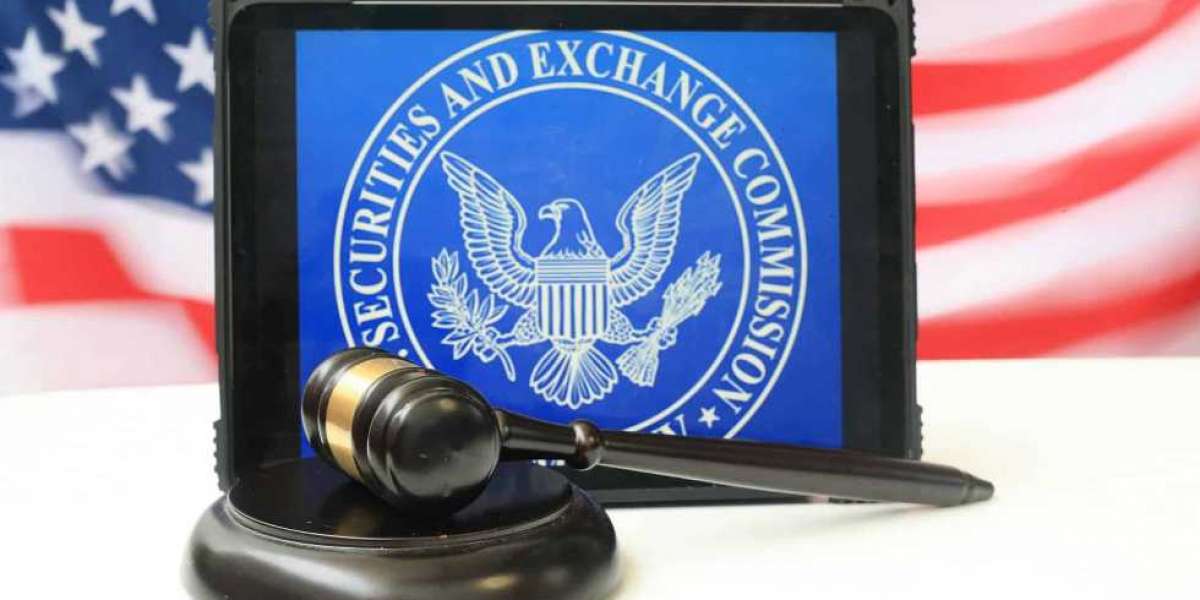1. Blockchain Is Not a Magic Bullet for All Problems
Blockchain technology is being heralded as the panacea that will finally put an end to ineffective supply chains. Blockchain technology is not a panacea and cannot immediately resolve all of the problems you are experiencing with your supply chain. There is no one platform that is superior to the others, nor is there a single tool that can be used for all possible applications. It is more vital to understand the difficulties that different platforms tackle and how you can put up a realistic review process to decide whether blockchain can actually improve your unique challenges than it is to look for the mythical blockchain cure-all.
2. There Is Not a Single Source for Blockchain
Supply chain finance and transaction processing is one of the most promising applications for blockchain technology. But it isn't necessarily the most practical use, and if you use a blockchain that just has one source, like the ones sold off the shelf, it can limit the decisions you can make. There are various distributed ledgers, each with their own set of objectives, advantages, and disadvantages. Even for something as straightforward as a money transaction, you need to give extra thought to the question, "is it on the blockchain?" Imagine that you are conducting research on blockchain for your company's supply chain in the area of finance or technology. If this is the case, you need to have a solid understanding of what these ledgers will give for your particular requirements and use cases - because there are a lot of functional variations between them.
3. The Cost of Using Blockchain Technology
The excitement around blockchain technology may be addictive and may cause you to ignore the expenses of deployment. If you want to get a blockchain platform up and running, you need put some money away because it will take some time and resources to do so. Before beginning any work on the installation of a particular blockchain solution, you should first guarantee that you have the funds to build and integrate the solution. If you are assessing a specific blockchain implementation.
4. A distributed ledger necessitates modifications made by all parties involved.
The way that commerce has been conducted for decades, perhaps centuries, is being transformed by blockchain technology. It is not as straightforward as replacing an old process with a new business process or technology that can be purchased off the shelf. Adapting the ways in which you conduct business with your partners and suppliers will be necessary, which is something that may be difficult to achieve. If any other parties, such as intermediaries or business partners, have access to the sensitive data you collect, this is a possible security risk as well.
5. There Are No Standards
Decentralization creates new problems in terms of interoperability, and interoperability creates new complexity. Complexity, in turn, creates a great number of new concerns regarding how dispersed ledgers interact with one another. In addition, the majority of blockchain systems are open source, which means that various versions may be maintained by different parties. These parties may include third-party developers who may not necessarily share your interests. Additionally, this implies that the people who are responsible for maintaining the blockchain platform may not have your best interests in mind.
6. The cost of poor behavior on the part of employees is significantly higher
At this point in time, when everything is being done on a distributed ledger, it is very necessary to anticipate both external and internal dangers. If a bad employee in a blockchain company has the capacity to access and modify the whole database, then that employee offers a threat that is comparable to or even greater than that posed by an outside hacker. If you do not take the necessary procedures to safeguard your data, whomever has possession of that data will be putting themselves in jeopardy. Develop your own solutions for securing access, as not all blockchain development teams make security a top priority; choose your partners very carefully, and develop your own solutions for securing access.
7. Weak Pointer Management—Risks Associated with Bug-Pitched Code and Unsafe APIs:
It is possible for defects to be introduced into production code even when every precaution is taken. Finding and fixing these bugs in the distributed ledger is an even greater challenge than doing so in the source code, where it is already difficult to detect and address the issues. If you have poor metadata management (for example, if you don't use version control), it's possible to generate a tangled web of broken pointers, which can lead to a variety of different types of data corruption, including the loss of sensitive data and its subsequent manipulation.
8. Alterations to Existing Regulations The consistency and safety of the blockchain may be impacted if existing regulations are updated or if new laws are passed. For instance, because the European General Data Protection Regulation (GDPR) rules mandate that comprehensive records must be kept electronically and stored on servers located within the EU, the blockchain technology may be impacted in the future by this regulation. In addition, users have the ability to update regulations so that they more closely reflect newly developed use cases and applications.
9. The Learning Curve: It is imperative that you do not underestimate the amount of time it will take for your organization to learn about blockchain technology, evaluate it for use cases, and implement it in the real world. It may take several months, even with working source code or proofs of concept, to get the technology operating at scale. As a result, you should make preparations for a learning curve and check that you have sufficient resources to see the implementation of your blockchain technology through design, production, and integration.
What Comes Next
The development of the technology behind blockchains is a process that is both complicated and ongoing. The study of all the various types of distributed ledgers, the various use cases for each, the various design considerations at each stage in your supply chain, and the various security solutions required at each level is just getting started among the experts. In order to conduct a proper analysis of the blockchain technology, you will first need to take a step back and make some plans.




Alphonsus Odumu 5 w
Blockchain disadvantage